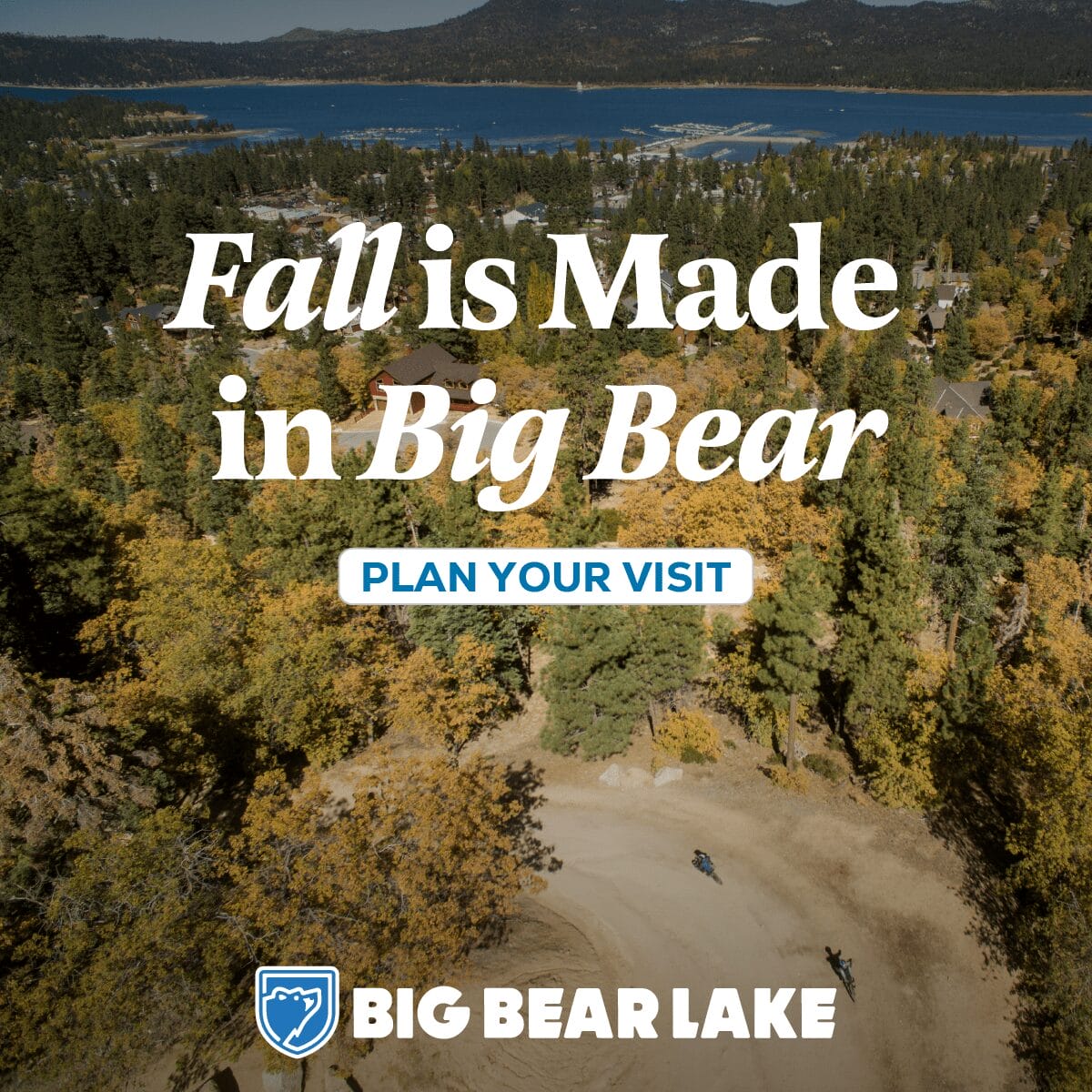Say Goodbye to City Lights and Hello to Starry Nights in the World’s First Dark Sky City
Astrotourism—a fancy word for traveling to places where you can actually see the stars (boo, light pollution!). Back in the day, people could gaze up at the sky and share unobstructed views of the galaxy. These views have become increasingly more difficult to find. With street lights, buildings, headlights and smog, it’s a miracle we can catch a glimpse of the Big Dipper. That’s why space lovers and nature enthusiasts from all over the world seek out trips for the sole purpose of stargazing.

Flagstaff, Arizona, is the world’s first Dark Sky City—the city has made it a priority to prevent light pollution and preserve views of the night sky. Not only that, but this place has a long history of cool space-related features. Every astronaut who walked on the moon was trained in this mountain town, and Pluto, which was officially the ninth planet for a while, was discovered here! Throughout the area, you can find huge craters, not to mention more down-to-earth but equally splendid national parks nearby. If you’re looking to go on an astro-adventure of your own, grab your space suit and get ready for takeoff. Here are eight places to explore in Flagstaff if you’re an astro-obsessed traveler.
1 | Lowell Observatory

You know how we said Pluto was discovered in Flagstaff? Well, it happened at Lowell Observatory by American astronomer Clyde Tombaugh in 1930. Lowell is a center for astronomical research, where scientists study the solar system, stellar astrophysics, exoplanetary systems, galactic and intergalactic astronomy and instrumentation research and development. With a General Admission ticket, you can get all-day access to the observatory, including access to museums and guided tours, as well as talks about history and astronomy. They even have a solar telescope where you can safely observe the surface of the sun! At night, you can access the telescopes—like the historic one used to discover Pluto and modern ones as well—to marvel at the cosmos. It is truly an out-of-this-world experience you’ll never forget.
2 | Sunset Crater
Sunset Crater is the most famous of the Arizona craters—and for good reason. This national monument is the site of a volcanic eruption that happened in 1085 AD. You can visit this historic site and take one of the many hiking trails through the incredible landscape of cooled and hardened lava, with views of the red rocks and pine forests in the distance. A park favorite is Lava Flow Trail—a quick 0.8-mile loop that takes you around the park through black sand and piles of lava rock. Fun fact: The uneven lava-flow terrain here was used to mimic the surface of the moon during Apollo astronaut training. Walking through this park feels like nothing you’ve ever experienced, and it’s probably the closest you can get to walking on the moon!
11/19
3 | Meteor Crater

While visiting Sunset Crater is great for exploring some really cool lava rock, a trip to Meteor Crater puts a new perspective on what a meteor can do at speed. This crater was caused by a giant meteor colliding with the earth, and it’s the most well-preserved of its kind on the entire planet. You can’t begin to imagine the size and scale of this thing as it hurled toward our home over 50,000 years ago. The meteor is estimated to be 150-feet wide (about the size of two full-size tennis courts put together). When you look at the crater, it’s hard to even wrap your head around an event like that. Let’s just hope we won’t be experiencing any more in our lifetime!
11/19
4 | United States Astrogeology Science Center

Not to be confused with astrology (although I’m sure they’d love to hear about your sun, moon and rising signs), the United States Astrogeology Science Center is “a national resource for the integration of planetary geoscience, cartography and remote sensing.” Founded in 1963 to map the moon and train astronauts, this center is now dedicated to researching and understanding our solar system. They provide exhibit tours in the Shoemaker Building on weekdays, by appointment only, which are led by expert astrogeology scientists. Here, you can see Grover the lunar rover, a giant floor map of Mars and various hallway displays with information about the solar system. If you’d like to visit, schedule a tour at least 48 hours in advance.
11/5
5 | Cinder Lake Crater Field
Both Sunset Crater and Meteor Crater were natural formations used to train astronauts, but Cinder Lake Crater Field was actually designed for this sole purpose. There are two different fields here. The first, Cinder Lake Crater Field No. 1, was modeled after an image they had received from the Lunar Orbiter. They replicated an area of what would be the Apollo 11 landing site on the moon and used this replica to train astronauts for the mission, testing their vehicles and mobility systems. Cinder Lake Crater Field No. 2 is much larger and very distinct in its appearance. Because clay beds were buried underneath the lava rock, you can clearly see where detonations took place to simulate lunar impact craters. Visitors can drive or hike through the area to get an up-close view!
6 | Walnut Canyon National Monument + Wupatki National Monument
If you’re ready to come back down to earth for a bit, check out Walnut Canyon National Monument. Here, you can take a 1-mile hike called Island Trail, which will give you access to 25 different cliff dwellings from what was once a large pueblo community. Pro tip: Go in the morning to avoid afternoon monsoons. About an hour outside town (but definitely worth the trek) is Wupatki National Monument, home to the largest freestanding pueblo in Northern Arizona. You can explore the villages of people who lived here 900 years ago among 100 rooms, including an old Hohokam ballcourt and community room where people likely gathered for socializing and sports. After the volcano erupted at Sunset Crater, this pueblo was built as a new home for those displaced.
7 | Grand Canyon National Park
Just about an hour and a half north of Flagstaff is the grandest of all canyons, the Grand Canyon—pretty much required viewing if you’re already this close. Grand Canyon National Park is known for its incredible views and massive geological erosion. If you’re up for a quick and dirty hike, we recommend taking South Kaibab Trail to Ooh Aah Point, where you can enjoy a view from deep within the canyon. The path is 1.8 miles in and out with plenty of switchbacks, meandering mules and stunning views of the canyon. The way down is a breeze, but make sure you bring enough water for the hike back up! You’ll gain around 685 feet of elevation in less than 1 mile—trust us, it’s worth it. They don’t call it Ooh Aah Point for nothing!
8 | Zipline Course Through the World’s Largest Ponderosa Pine Forest
Does all this space adventure make you crave an earthly thrill of your own? The Zipline Course at Flagstaff Extreme has you covered—literally, in safety ropes and harnesses. They have adventure courses for both kids and adults. You’ll zipline through Ponderosa pine trees and overcome obstacles like wobbly bridges and rope swings. Work your way up through different levels of elevation and difficulty. If needed you have the option to call it quits at any exit point. However if you keep going, you’ll leave feeling a sense of accomplishment. Who needs to walk on the moon when you can navigate a suspension bridge between two trees? Those astronauts have nothing on you, brave adventurer.
11/21
Where to Stay
Looking for a place to stay on your astro-adventure? Flagstaff has a diverse range of places to take refuge. Hotel Monte Vista (aka Monty V’s) is home to the first-ever speakeasy in Flagstaff. They now offer live music or karaoke almost every night of the week. The hotel itself is known for rumors of hauntings and ghost stories. For a more family-friendly (and less spooky) lodging experience, try Little America. This is a luxury “haven from the mundane” nestled among a 500-acre forest. For a real piece of history, check in to the charming and vintage Weatherford Hotel, inhabited by travelers since 1900. Located right along Route 66 in the historic downtown district, you can explore museums, restaurants and nightlife within walking distance of your room.
Where to Dine

Flagstaff has plenty of options for great food and drink. Consider the delicious Fratelli Pizza, known for having the best slices in town. Or, the farm-fresh Atria Restaurant for a more upscale dining experience. Shift Kitchen + Bar offers a unique, family-style experience with shared plates, bold flavors and a casual ambiance. For lunch, hit up Proper Meats + Provisions, the town’s whole animal butcher shop serving up warm pastrami sandwiches, unbeatable muffuletta and pork shoulder banh mi. If none of those tickle your fancy, do not fret. Flagstaff has more than 200 other great dining options. And if you’re feeling thirsty, be sure to check out the eight award-winning breweries in town. Enjoy a nice, cold pint before you call it a night.
Flagstaff, Arizona
@discoverflagstaff
- Sara Lesherhttps://localemagazine.com/author/sara-lesher/
- Sara Lesherhttps://localemagazine.com/author/sara-lesher/
- Sara Lesherhttps://localemagazine.com/author/sara-lesher/
- Sara Lesherhttps://localemagazine.com/author/sara-lesher/























